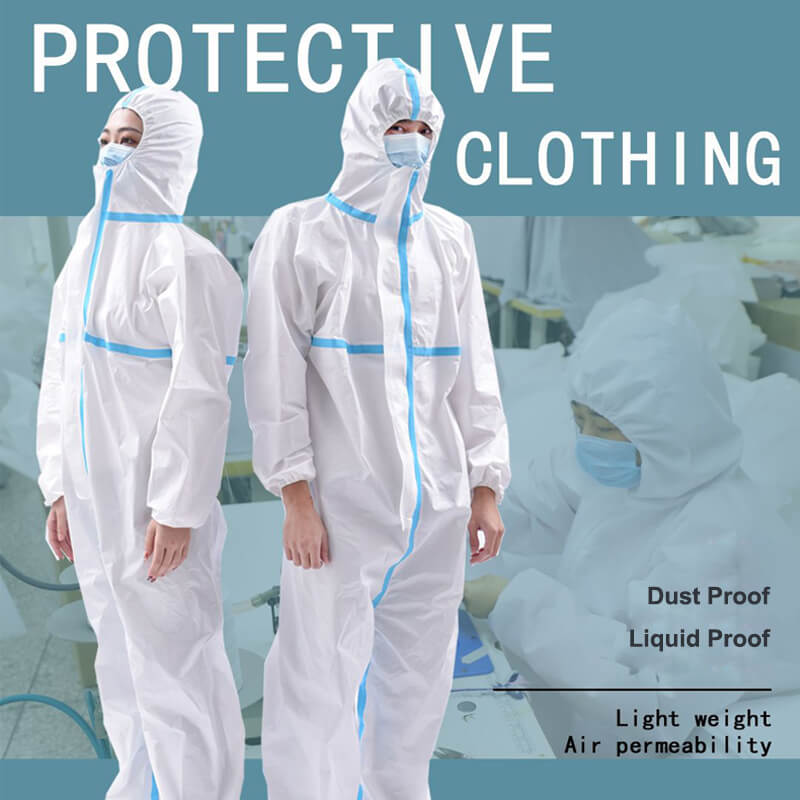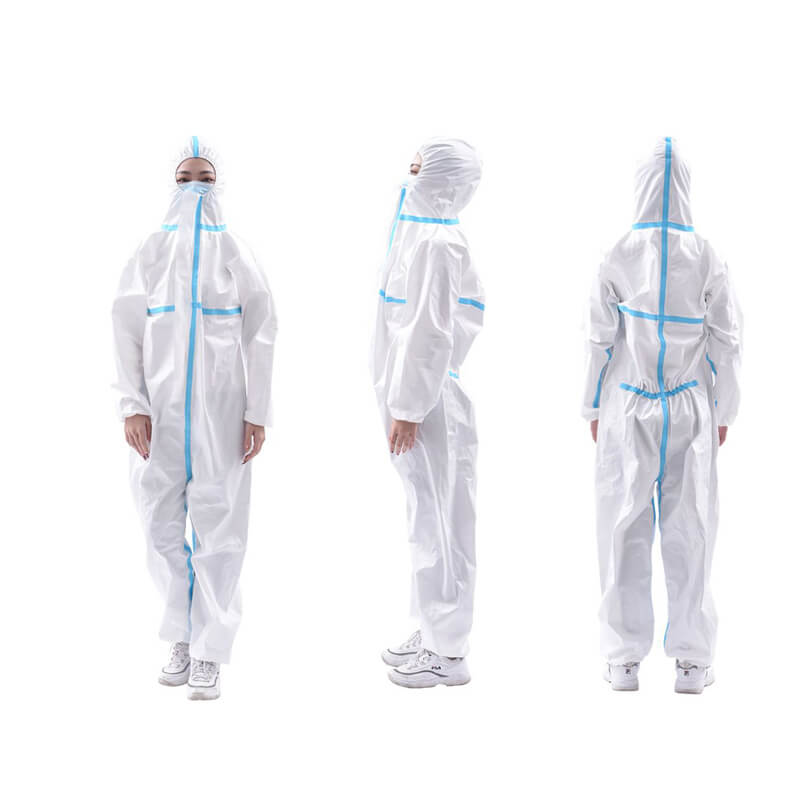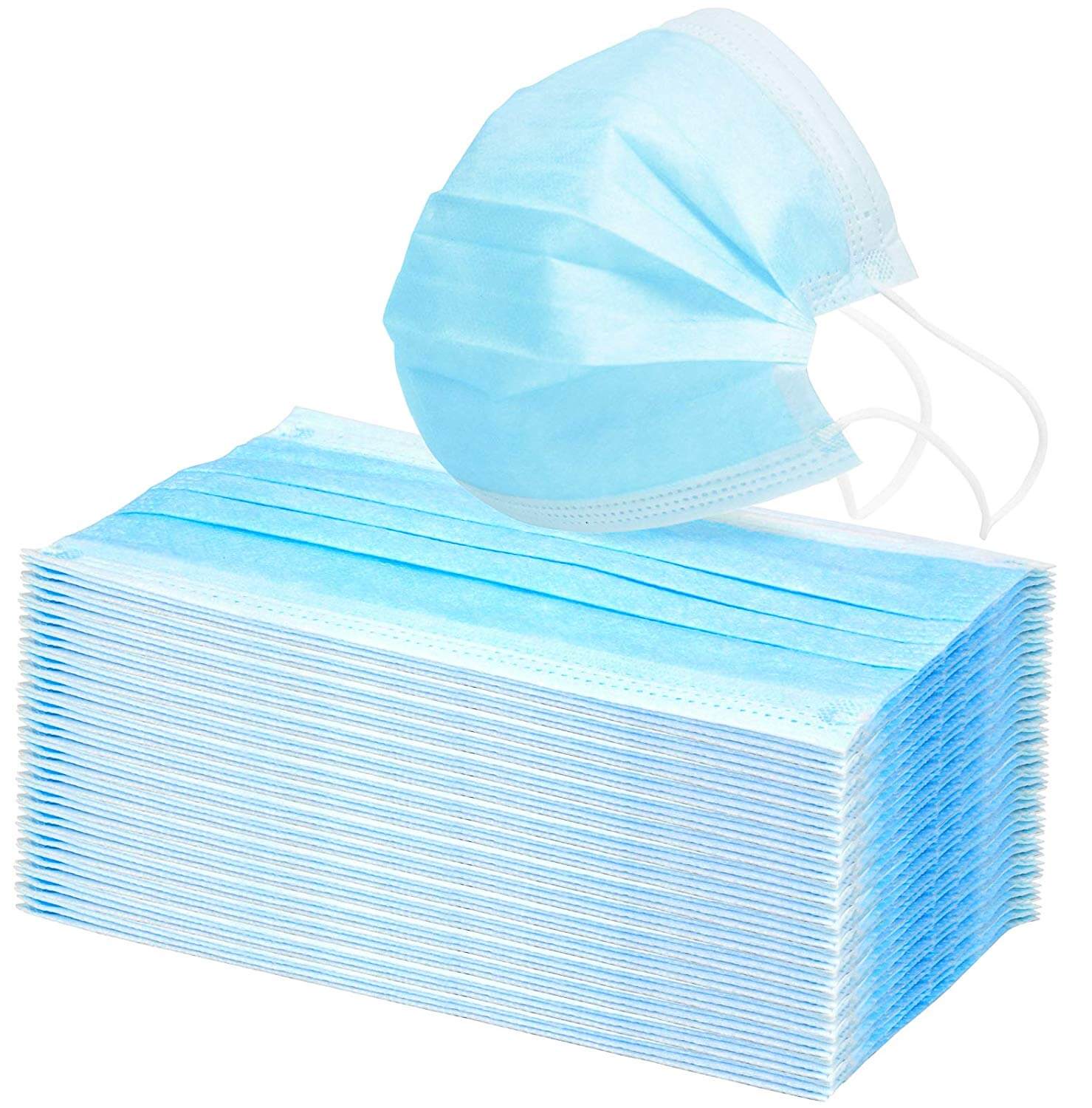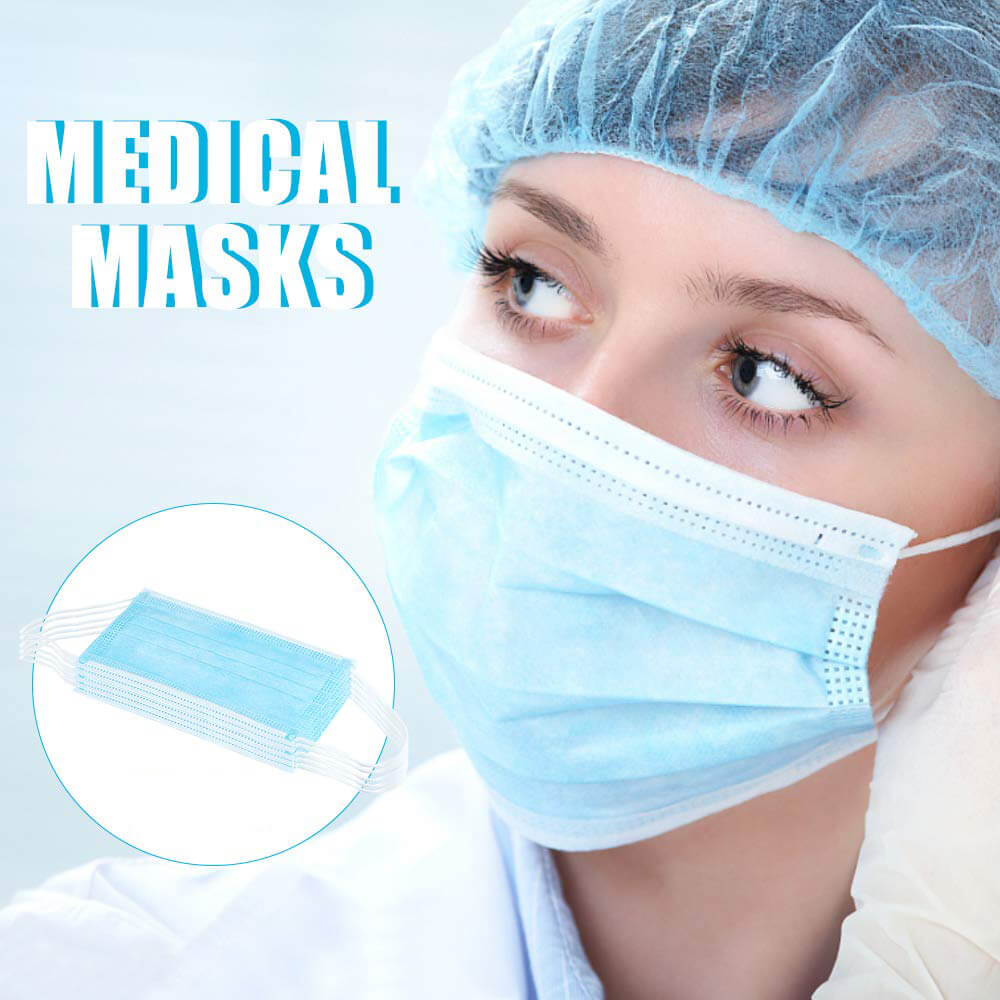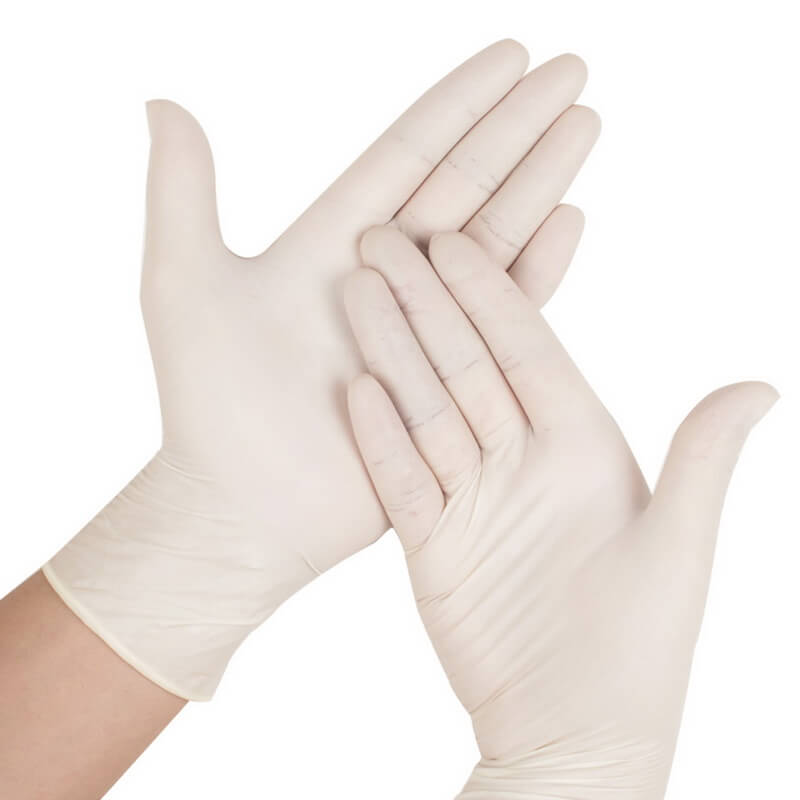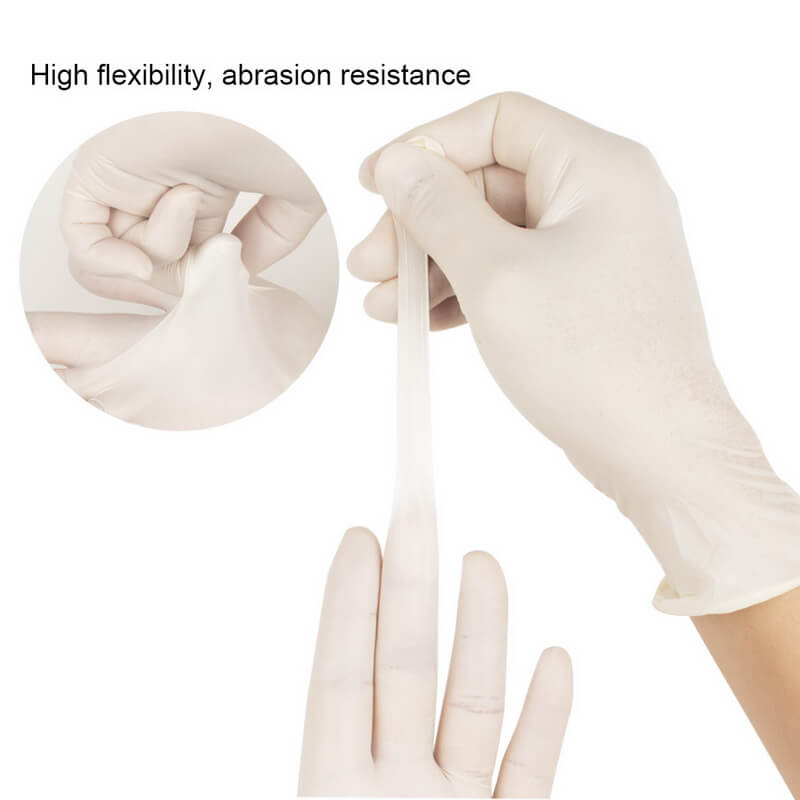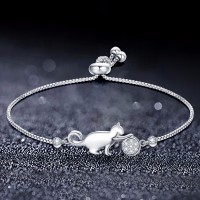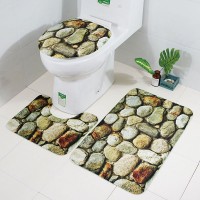Do's and Don'ts for Wearing Protective Surgical Masks, Gloves, Gowns
If you don’t wear surgical masks or other protective material rights, you are still at risk. Protecting yourself against infection and disease requires you to be intentional. We will take a look at different protective materials in this post and how you should use them. It is important that you read through carefully so you can protect yourself as you should. (Learn more: https://en.wikipedia.org/wiki/Surgical_mask)
Gowns
These protective equipment are worn by healthcare personnel for the following purposes:
- Protection from contact with body fluids and blood.
- Protection from organisms present in the environment or quarantined infected patients.
- Protection of the patient from any organism the practitioner could transmit while carrying out invasive procedures. Examples of such procedures are surgery and central line insertion.
There are two main types of gowns and their classification is based on the ability to withstand penetration of fluids. The two types of gowns are isolation gowns and procedure gowns. Isolation gowns protect the clothes from body fluids for only a short period. They can be disposable or non-disposable.
Procedure gowns are the most disposable and are fluid impermeable or resistant. It depends on how much body fluid we are talking about. Examples of where these gowns are worn include during vaginal birth and an endoscopy.
Dos for Gowns
- Carry out hand hygiene before donning your gown.
- Carry out hand hygiene immediately after you take off the gown.
- Make sure you always wear a gown before you contact a patient. It is more important for one with blood or body fluids on the skin surface.
- Ensure that you secure your gown around the waist and on the neck. The instructions for these are usually provided by the manufacturer.
- Ensure your gown covers your clothes completely as much as the design allows. Again, this is usually indicated by the manufacturer.
- Make sure your gown covers your wrist area and it links up well with your gloves.
- While removing the gown, do it slowly by rolling it away from the body inside out. Always keep the contaminated area in a bundle.
- Always take off the gown while in the patient’s room. You can also do this in a designated zone just outside your patient’s room.
- Properly dispose of the contaminated gown inside the dedicated trash can. If it is reusable, then dispose of it in the laundry receptacle.
Don’ts for Gowns
- Never reuse a gown. If it is disposable, dispose of it properly and if it is reusable, make sure you wash it before another use.
- Don’t roll or push the sleeves of your gown towards your forearm.
- Never leave a contaminated gown hanging from the trash can or receptacle.
- Never wear contaminated gowns outside the care area of a patient.
- When performing surgeries or invasive procedures, never wear non-sterile gowns.
Surgical masks
Surgical masks are also known as isolation or procedure masks. They are disposable and they protect infectious droplets or airborne particles. There is a version that comes with a face shield built-in to protect against splashes. Here are some of the dos ad don’ts of using a surgical mask. If you need a disposable surgical mask, click https://www.trendebut.com.
Dos of surgical masks
- Always wear a mask when treating or caring for patients that cough, sneeze, talk, or laugh. This is necessary as they may release infectious particles into the air that put you at risk.
- Be sure that your mask does not have any defects before putting it on. The most common defects include torn ear loops or straps and tears on the surface of the mask.
- Bring the two top tiers of the mask toward the crown then secure them in place using a bow. Secure the bottom ties in a bow around the nape of your neck.
- Once you leave the clinical space, you should take off the mask. This also applies to when you are done with patient intervention.
- If you are using a mask with ear loops, take the mask off from the side while your head tilts forward. For masks with ties, take them off only by touching the ties. Untie first at the bottom then move to the top.
- When disposing of a contaminated mask, only touch the ties or ear loops. Immediately after removal and disposal, perform hand hygiene.

Don’ts of surgical masks
- Never use surgical masks against minute particles floating in the air. Such particles include chickenpox, measles, and tuberculosis.
- If the mask is soiled or wet, don’t wear it. Find a new mask instead.
- Never crisscross ties.
- Reusing a mask is not an option. Discard it after use.
- Never touch your mask in the front as this is the contaminated area.
Gloves
There are different types of gloves used in medical care. Sterile gloves are used in carrying out sterile procedures like surgeries and vaginal birth. Non-sterile gloves are used when the HCP is likely to contact infectious material like blood, microorganisms, etc.
Non-medical gloves are used for housekeeping and food handling. Finally, utility gloves are used for decontamination and cleaning of different instruments.
Dos of gloves
- Wear gloves to protect yourself from contamination. These can come as a result of contact with infected body fluids or hazardous materials.
- Clean your hands before wearing gloves for sterile procedures.
- Clean your hands after taking off the gloves.
- Clean the hands when you have to change gloves during a procedure.
- Be sure that your gloves are the perfect fit.
Don’ts of gloves
- Never reuse a pair of gloves. Only utility gloves can be washed and used again.
- Don’t use gloves in place of hand hygiene.
- Don’t make use of hand lotions that aren’t approved.
- Don’t make use of visibly soiled or damaged gloves.
- Don’t wear a single pair of gloves to attend to multiple patients.
Conclusion
Now you know how to use surgical masks and other protective equipment properly. This is the only way you can protect yourself from infection. Don’t forget, do it right always because you are always at risk. (If you want to know more, visit https://www.trendebut.com .)





